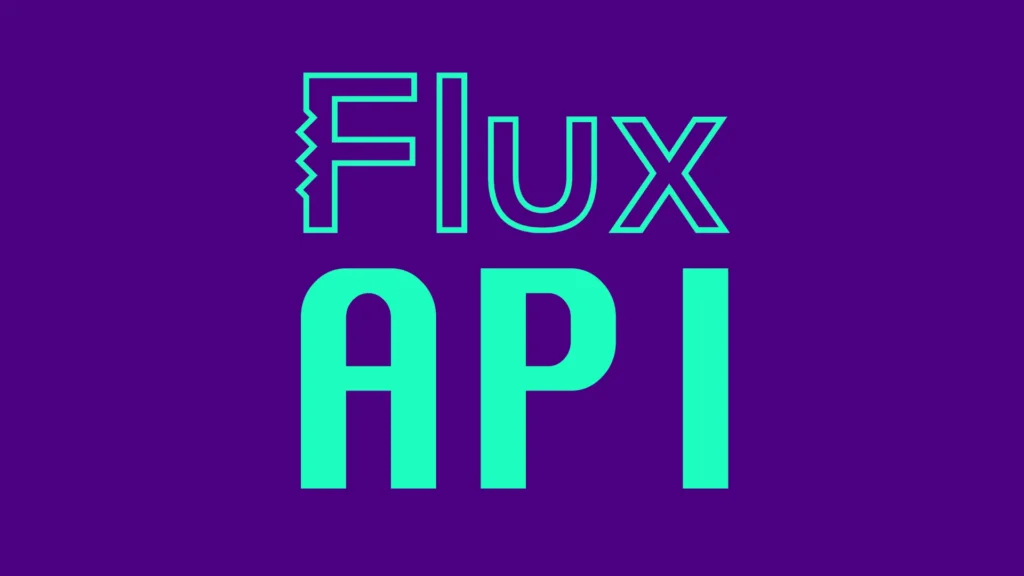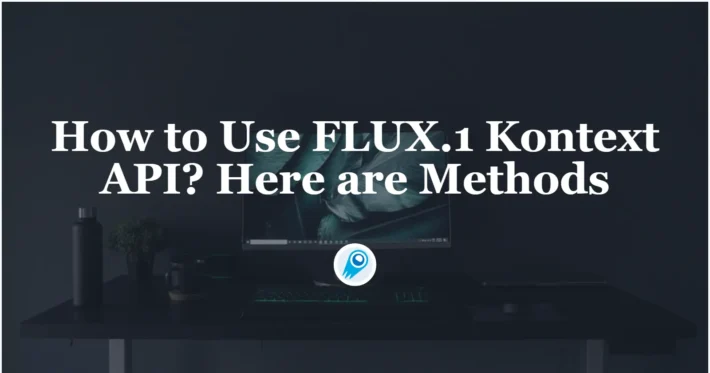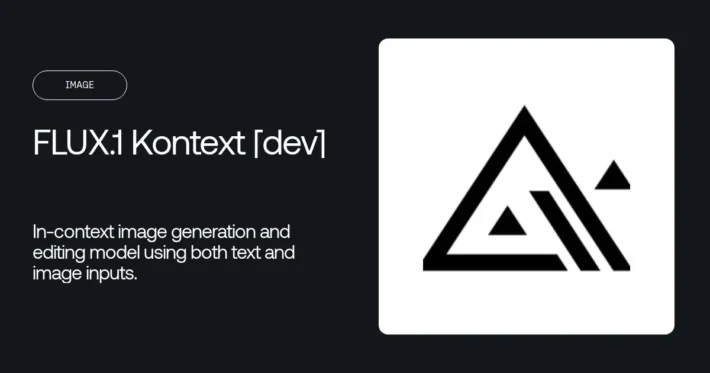What is Black Forest Labs’s Flux AI Used For?Professional Insights

Flux AI has emerged as a transformative force in both creative and technical domainsIn this comprehensive article, we explore Flux AI’s core functionalities, real-world applications, recent developments, ethical considerations, and future prospects. Through a detailed examination of the latest news and industry analyses, we aim to provide a professional, in-depth understanding of what Flux AI is used for and why it continues to garner attention.
What is Flux AI and how has it evolved recently?
Origins and history
Flux AI’s roots trace back to mid-2024, when Black Forest Labs—founded by former Stability AI researchers Robin Rombach, Andreas Blattmann, and Patrick Esser—launched its first text-to-image model, Flux.1. These founders previously contributed to Stable Diffusion during their tenure at Ludwig Maximilian University of Munich, and leveraged that expertise to create a new generation of image generators. Early iterations of Flux demonstrated impressive fidelity to text prompts and advanced control over image details. By August 2024, Flux.1 had gained widespread attention for its ability to produce highly realistic images, on par with leading competitors like DALL·E 3 and Midjourney 6 .
Recent model updates and capabilities
Since the initial release, Black Forest Labs has iterated on Flux models rapidly. In October 2024, Flux 1.1 Pro debuted, offering higher resolution outputs and an “Ultra” mode capable of generating images up to four megapixels without sacrificing speed. Additionally, a “Raw” mode was introduced to emulate candid photography styles. These improvements positioned Flux.1 Pro as a top-tier commercial offering, matching or exceeding many proprietary alternatives in both detail and consistency .
In November 2024, Black Forest Labs released Flux.1 Tools—a suite comprising Flux.1 Fill (for inpainting/outpainting), Flux.1 Depth (for depth-based control), Flux.1 Canny (for edge-based control), and Flux.1 Redux (for image mixing). Each tool offered developer and professional tiers (Dev and Pro), enabling fine-grained manipulation of generated images. These tools not only increased creative flexibility but also addressed specific production workflows where targeted edits are essential .
Most recently, on May 29, 2025, Black Forest Labs unveiled FLUX.1 Kontext, a next-generation suite that allows in-context image generation and editing by combining text prompts with reference images. This milestone promises to streamline workflows where existing assets must be modified or new assets generated that align with a predefined style or scene context .
How is Flux AI transforming image generation?
Flux AI’s image-generation models have gained rapid traction for their combination of speed, quality, and affordability. By leveraging cutting-edge transformer architectures and innovative training strategies, Flux has emerged as one of the most capable text-to-image solutions available today.
Commercial and creative applications
Flux AI is now widely used across marketing, product design, content creation, and entertainment. In marketing, designers employ Flux to craft social media graphics, video thumbnails, and ad creatives in seconds, drastically reducing turnaround time. E-commerce businesses generate realistic product mockups and promotional reels, while content creators utilize Flux to produce blog imagery and video backgrounds without relying on expensive stock photography. Game developers and virtual production teams employ Flux-generated assets for concept art, character designs, and environment previews, accelerating their ideation cycles and lowering production costs. In one example, a small indie game studio used Flux to prototype dozens of environment concepts in under 30 minutes, something that would have taken days using traditional methods .
Film and animation studios have also integrated Flux into their pre-production pipelines. By generating storyboards and scene mockups quickly, directors can visualize sequences before commissioning full-scale shoots or animations. Some filmmakers reported that Flux not only saved time but also inspired new creative directions by offering unexpected visual suggestions based on simple textual descriptions. Architectural firms have experimented with Flux to generate interior and exterior renderings for client proposals, benefiting from the model’s ability to produce photorealistic results without the overhead of manual 3D modeling.
Technical advantages over competitors
Flux AI stands out for several technical reasons. First, its models are built on rectified flow transformer blocks scaled to 12 billion parameters, enabling them to capture intricate details and context that smaller models often miss. A performance test by Ars Technica found that Flux.1 Dev and Flux.1 Pro match DALL·E 3 in prompt fidelity and approach Midjourney 6 in photorealism. Notably, Flux consistently generates more accurate human hands—a known weak point for many generative models .
Second, Flux employs a tiered licensing approach. Its “Schnell” model is open source under the Apache License, while “Dev” models are source-available for non-commercial use. “Pro” models operate under a proprietary license accessible via API. This flexibility lets hobbyists and small businesses start experimenting with open-source models and later scale up to commercial API usage without a complete platform migration.
Third, Flux’s API pricing is highly competitive: $0.04 per image for Flux 1.1 Pro (compared to $0.05 for the prior Flux 1.0 Pro). This pricing structure makes it feasible for high-volume applications, such as dynamic ad generation, virtual try-on systems, and on-the-fly game asset creation. As Flux continues to optimize inference efficiency—especially in Nvidia Blackwell-powered environments—developers can expect lower latency and reduced compute costs relative to other commercial offerings.
How is Flux AI being integrated into platforms and partnerships?
Flux AI’s success hinges not only on its raw performance but also on its willingness to partner with other platforms, hardware providers, and development ecosystems. By weaving Flux into existing tools and services, developers, designers, and organizations can access its capabilities without adopting a completely new workflow.
Integration with Nvidia AI Blueprint
In May 2025, Nvidia introduced “Nvidia AI Blueprint for 3D-guided generative AI,” a toolkit that meshes 3D modeling in Blender with Flux.1’s image generation capabilities. Users with Nvidia RTX 4080 GPUs or higher can create simple 3D layouts—buildings, vegetation, vehicles—and Flux.1 transforms these layouts into detailed 2D renders. This collaboration marries Nvidia’s hardware acceleration and Blender’s 3D environment with Flux’s advanced text-to-image engine. By offering sample assets, documentation, and a preconfigured environment, Nvidia makes it straightforward for developers to prototype AI-driven image generation pipelines. The result is a more controllable workflow compared to purely text-based generation, giving artists finer command over composition and lighting .
Integration with chatbots like Grok and Mistral AI
Shortly after Flux.1’s debut, Elon Musk’s xAI integrated Flux into Grok as part of X Premium in August 2024. Grok initially offered users the ability to generate images via Flux.1, although by December 2024, Grok switched to an in-house model called “Aurora.” During its tenure, Flux-powered Grok could churn out images based on conversational prompts, making AI-native visual responses part of the social media experience. The integration underscored Flux’s ability to operate at scale, serving thousands of X Premium requests daily.
Mistral AI followed suit in November 2024, integrating Flux Pro into its Le Chat chatbot. Users could ask Le Chat to produce images—ranging from simple illustrations to photorealistic visuals—directly within the chat interface. This partnership illustrated Flux’s adaptability to various user experiences, from command-line API calls to conversational agents. As chatbots increasingly become multimodal, Flux’s role in providing reliable image outputs has become foundational for companies looking to differentiate their offerings in a crowded AI landscape.
Third-party platform availability and API
Beyond high-profile partnerships, Flux models are available across multiple third-party platforms. Hugging Face hosts several Flux repositories, including open-source Schnell editions and Dev versions. Replicate offers pre-built endpoints for Flux.1 Dev and Flux.1 Pro so that developers can test or deploy models without managing infrastructure. FAL.ai also lists Flux among its catalog, catering to users seeking specialized AI models. This multi-platform presence ensures that Flux can be accessed from Jupyter notebooks, web apps, or CLI tools, lowering technical barriers for experimentation and production deployment .
The Flux API itself exposes endpoints that let developers specify model variant, resolution, style presets, safety filters, and even custom fine-tuning parameters. In late 2024, Black Forest Labs launched a beta API for enterprise customers, promising unlimited scaling and advanced moderation tools. This API, priced at $0.04 per image for Flux 1.1 Pro, attracted early adopters in advertising, gaming, and e-learning industries looking to embed generative vision into their products without building in-house models .
What are the use cases of Flux AI in various industries?
Flux AI’s versatility has led to adoption across a surprising variety of sectors. From traditional content creation to emerging industries like virtual reality, Flux’s speed and fidelity enable novel workflows and business models.
Marketing, design, and e-commerce
Digital marketing agencies leverage Flux to automate ad creation. For instance, an online retailer might use Flux to generate dozens of banner ads tailored for different demographics, each with unique visuals but consistent branding. This automation cuts design costs by up to 60% and reduces time-to-market for new campaigns. Similarly, graphic designers incorporate Flux outputs into iterative design cycles: they generate multiple variants of a concept in under a minute, then refine the best candidates in standard tools like Photoshop or Illustrator. E-commerce platforms use Flux to produce 360° product mockups for online catalogs, ensuring uniform lighting and background in every shot without hiring a photography studio.
Game development and entertainment
Flux’s ability to produce concept art and in-game assets has made it a go-to tool for indie and AAA game studios alike. Developers create environment backdrops—forests, futuristic cityscapes, alien worlds—and then manually retouch them for integration into game engines. Character artists use Flux to explore character designs, generating multiple ethnicities, body types, and clothing styles from textual prompts. This rapid iteration allows teams to converge on a final look in days rather than weeks. Virtual production teams in film employ Flux to mock up set designs, enabling directors to visualize scenes fully before committing to expensive builds or location shoots. Flux’s output fidelity means that assets can transition from prototype to final render with minimal degradation in quality.
Film, animation, and architectural visualization
In film and animation pre-production, Flux accelerates the creation of storyboards. Directors type scene descriptions—“a dystopian metropolis at dawn with storm clouds overhead”—and receive a sequence of images that can be annotated and revised interactively. Animation studios repurpose Flux‐generated concept frames as references for 3D artists, effectively bridging the gap between 2D and 3D previsualization. Architectural firms experiment with Flux to produce photorealistic exterior and interior renderings. By specifying parameters such as “modern minimalist living room with abundant natural light” or “sustainable office building with rooftop gardens,” architects generate multiple design proposals in minutes. Clients can then review high-quality visuals without waiting days for a human-rendered model, substantially speeding up approval cycles and enabling more exploratory design iterations .
What future developments can we expect from Flux AI?
In-context image generation and editing
FLUX.1 Kontext, released on May 29, 2025, represents a significant leap forward by combining text prompts with image references. Instead of generating images from scratch, users can now supply an existing photograph or design, then direct the model to “add a sunset background while maintaining the original subject’s lighting.” This in-context approach streamlines workflows such as rebranding packaging, updating visual marketing materials for seasonal campaigns, or refining concept art in successive iterations. Early testers report that FLUX.1 Kontext outperforms previous versions in preserving image coherence and delivering on prompt specificity .
Future updates to Kontext are expected to incorporate more sophisticated style-transfer algorithms, enabling transformations that adhere to artistic guidelines (e.g., “convert this daytime scene into a Van Gogh–style painting”). Additionally, tighter integration with design tools (e.g., Adobe Creative Cloud, Blender) is on the roadmap, facilitating seamless round-trip editing between Flux AI and traditional graphic software ecosystems.
Partnership with Nvidia and beyond
Flux’s partnership with Nvidia—announced in January 2025—cements its status as a pioneer in AI-accelerated applications. By optimizing Flux model inference on Nvidia’s Blackwell GPUs, end users experience lower latency and higher throughput, making large-scale deployments (e.g., real-time content generation for streaming services) more practical. Upcoming Nvidia SDK updates promise further performance gains, particularly for models like Flux.1 Ultra and FLUX.1 Kontext, which demand extensive parallel processing.
Looking ahead, Black Forest Labs has hinted at exploring 3D-to-video generative capabilities, leveraging motion continuity and multi-frame coherence. If successful, Flux could generate short video clips (e.g., product demonstrations or animated storyboards) directly from text or 3D scene inputs—an innovation that would disrupt traditional multimedia production pipelines.
Conclusion
Flux AI, in its multiple incarnations, exemplifies the rapid evolution of AI technologies in both creative and technical domains. Black Forest Labs’ Flux models have reshaped the generative image landscape by coupling top-tier fidelity, cost-effective pricing, and flexible licensing to serve users ranging from hobbyists to enterprise corporations.
Recent partnerships with Nvidia and integrations into platforms like Grok and Mistral AI underscore Flux’s growing influence, while the introduction of decentralized computing via FluxEdge democratizes access to powerful GPU resources. With ongoing developments—such as FLUX.1 Kontext’s in-context editing, advanced schematic verification tools, and prospective 3D video generation—Flux AI is poised to maintain its leadership in generative applications.
Use Flux API in CometAPI
CometAPI provides access to over 500 AI models, including open-source and specialized multimodal models for chat, images, code, and more. Its primary strength lies in simplifying the traditionally complex process of AI integration.
CometAPI offer a price far lower than the official price to help you integrate FLUX.1 [dev] API and Flux.1 Schnell API etc, and you will get $1 in your account after registering and logging in! Welcome to register and experience CometAPI.CometAPI pays as you go.
Important Prerequisite: Before using flux ai to create picture, you need to Start building on CometAPI today – sign up here for free access. Please visit docs
Flux Model and Price in CometAPI:



